Damodar Panigrahi
IRSKG: Unified Intrusion Response System Knowledge Graph Ontology for Cyber Defense
Nov 23, 2024



Abstract:Cyberattacks are becoming increasingly difficult to detect and prevent due to their sophistication. In response, Autonomous Intelligent Cyber-defense Agents (AICAs) are emerging as crucial solutions. One prominent AICA agent is the Intrusion Response System (IRS), which is critical for mitigating threats after detection. IRS uses several Tactics, Techniques, and Procedures (TTPs) to mitigate attacks and restore the infrastructure to normal operations. Continuous monitoring of the enterprise infrastructure is an essential TTP the IRS uses. However, each system serves different purposes to meet operational needs. Integrating these disparate sources for continuous monitoring increases pre-processing complexity and limits automation, eventually prolonging critical response time for attackers to exploit. We propose a unified IRS Knowledge Graph ontology (IRSKG) that streamlines the onboarding of new enterprise systems as a source for the AICAs. Our ontology can capture system monitoring logs and supplemental data, such as a rules repository containing the administrator-defined policies to dictate the IRS responses. Besides, our ontology permits us to incorporate dynamic changes to adapt to the evolving cyber-threat landscape. This robust yet concise design allows machine learning models to train effectively and recover a compromised system to its desired state autonomously with explainability.
Transfer Learning Applied to Computer Vision Problems: Survey on Current Progress, Limitations, and Opportunities
Sep 12, 2024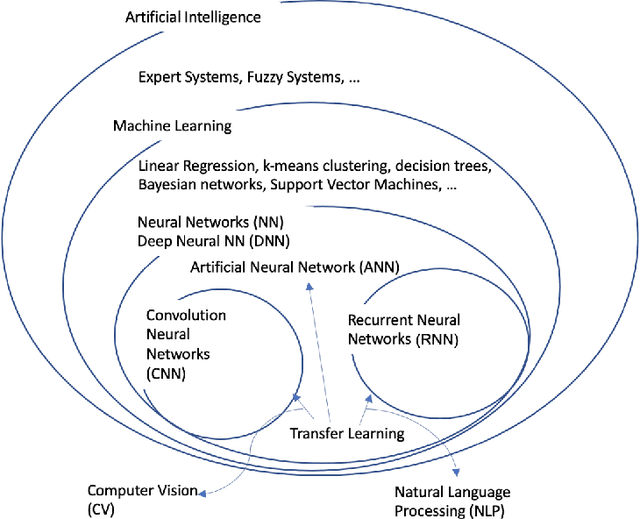

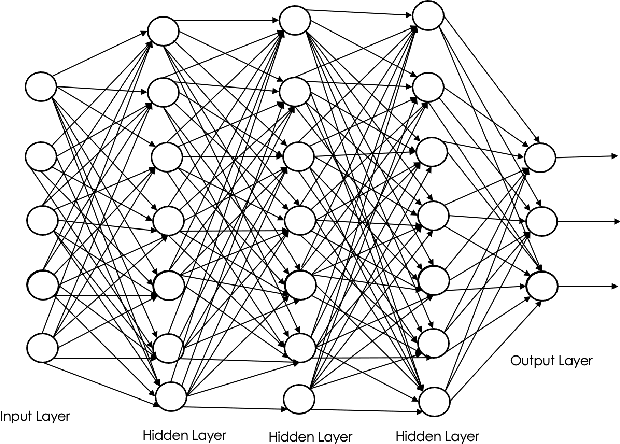

Abstract:The field of Computer Vision (CV) has faced challenges. Initially, it relied on handcrafted features and rule-based algorithms, resulting in limited accuracy. The introduction of machine learning (ML) has brought progress, particularly Transfer Learning (TL), which addresses various CV problems by reusing pre-trained models. TL requires less data and computing while delivering nearly equal accuracy, making it a prominent technique in the CV landscape. Our research focuses on TL development and how CV applications use it to solve real-world problems. We discuss recent developments, limitations, and opportunities.
REGARD: Rules of EngaGement for Automated cybeR Defense to aid in Intrusion Response
May 23, 2023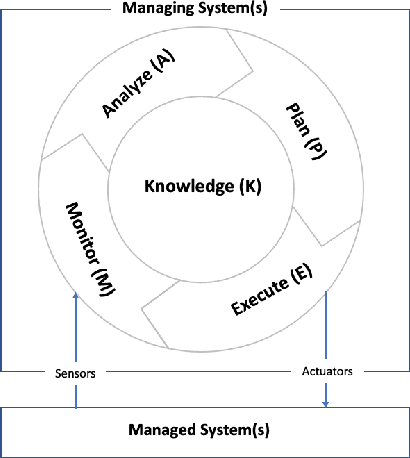
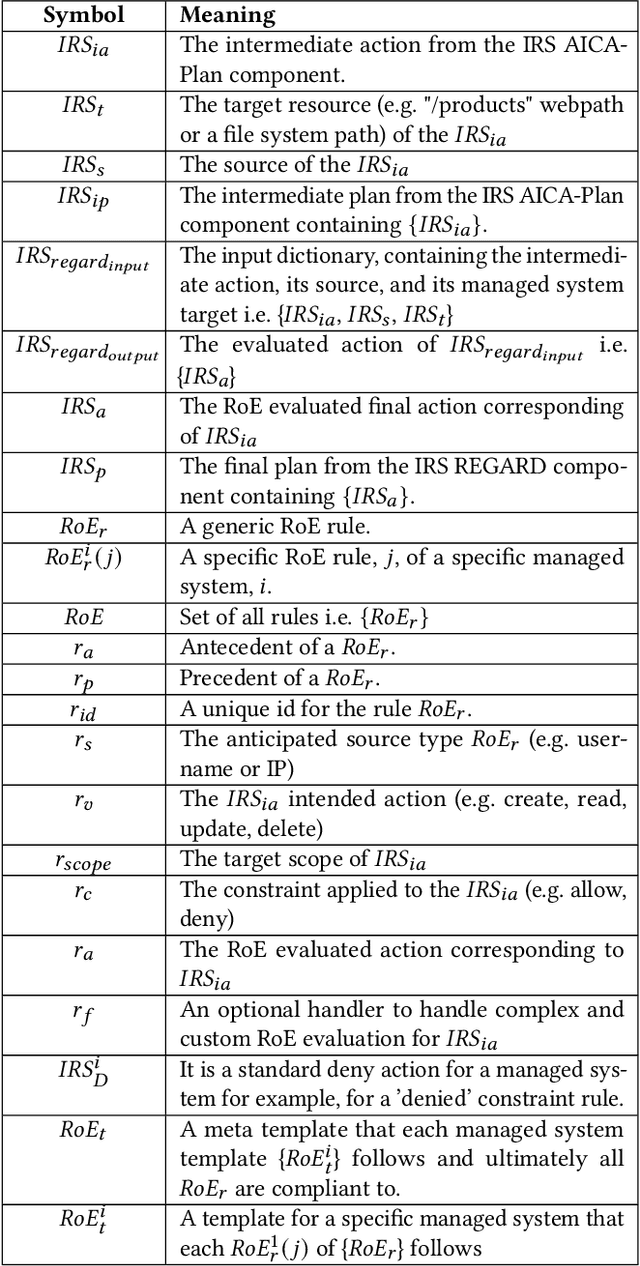
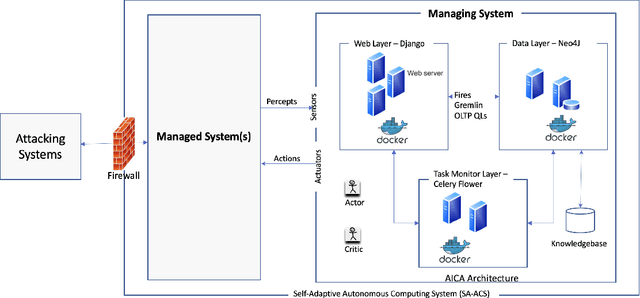
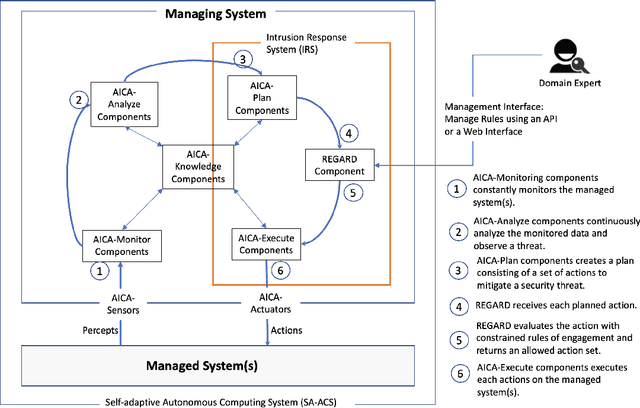
Abstract:Automated Intelligent Cyberdefense Agents (AICAs) that are part Intrusion Detection Systems (IDS) and part Intrusion Response Systems (IRS) are being designed to protect against sophisticated and automated cyber-attacks. An AICA based on the ideas of Self-Adaptive Autonomic Computing Systems (SA-ACS) can be considered as a managing system that protects a managed system like a personal computer, web application, critical infrastructure, etc. An AICA, specifically the IRS components, can compute a wide range of potential responses to meet its security goals and objectives, such as taking actions to prevent the attack from completing, restoring the system to comply with the organizational security policy, containing or confining an attack, attack eradication, deploying forensics measures to enable future attack analysis, counterattack, and so on. To restrict its activities in order to minimize collateral/organizational damage, such an automated system must have set Rules of Engagement (RoE). Automated systems must determine which operations can be completely automated (and when), which actions require human operator confirmation, and which actions must never be undertaken. In this paper, to enable this control functionality over an IRS, we create Rules of EngaGement for Automated cybeR Defense (REGARD) system which holds a set of Rules of Engagement (RoE) to protect the managed system according to the instructions provided by the human operator. These rules help limit the action of the IRS on the managed system in compliance with the recommendations of the domain expert. We provide details of execution, management, operation, and conflict resolution for Rules of Engagement (RoE) to constrain the actions of an automated IRS. We also describe REGARD system implementation, security case studies for cyber defense, and RoE demonstrations.
An Intrusion Response System utilizing Deep Q-Networks and System Partitions
Feb 16, 2022


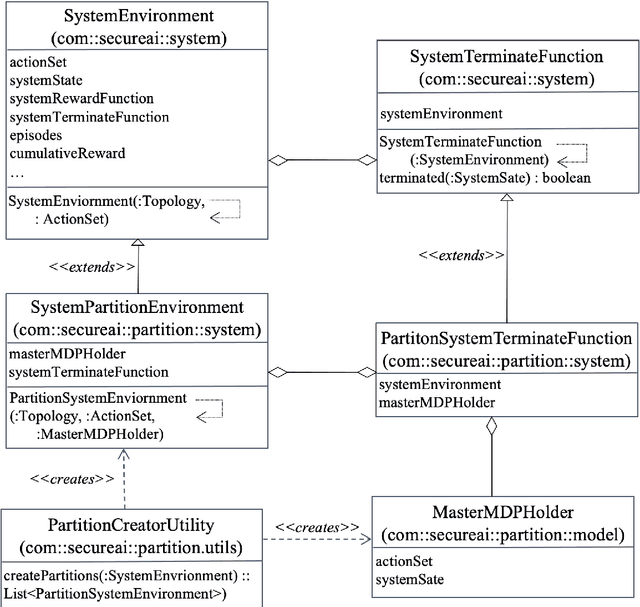
Abstract:Intrusion Response is a relatively new field of research. Recent approaches for the creation of Intrusion Response Systems (IRSs) use Reinforcement Learning (RL) as a primary technique for the optimal or near-optimal selection of the proper countermeasure to take in order to stop or mitigate an ongoing attack. However, most of them do not consider the fact that systems can change over time or, in other words, that systems exhibit a non-stationary behavior. Furthermore, stateful approaches, such as those based on RL, suffer the curse of dimensionality, due to a state space growing exponentially with the size of the protected system. In this paper, we introduce and develop an IRS software prototype, named irs-partition. It leverages the partitioning of the protected system and Deep Q-Networks to address the curse of dimensionality by supporting a multi-agent formulation. Furthermore, it exploits transfer learning to follow the evolution of non-stationary systems.
 Add to Chrome
Add to Chrome Add to Firefox
Add to Firefox Add to Edge
Add to Edge